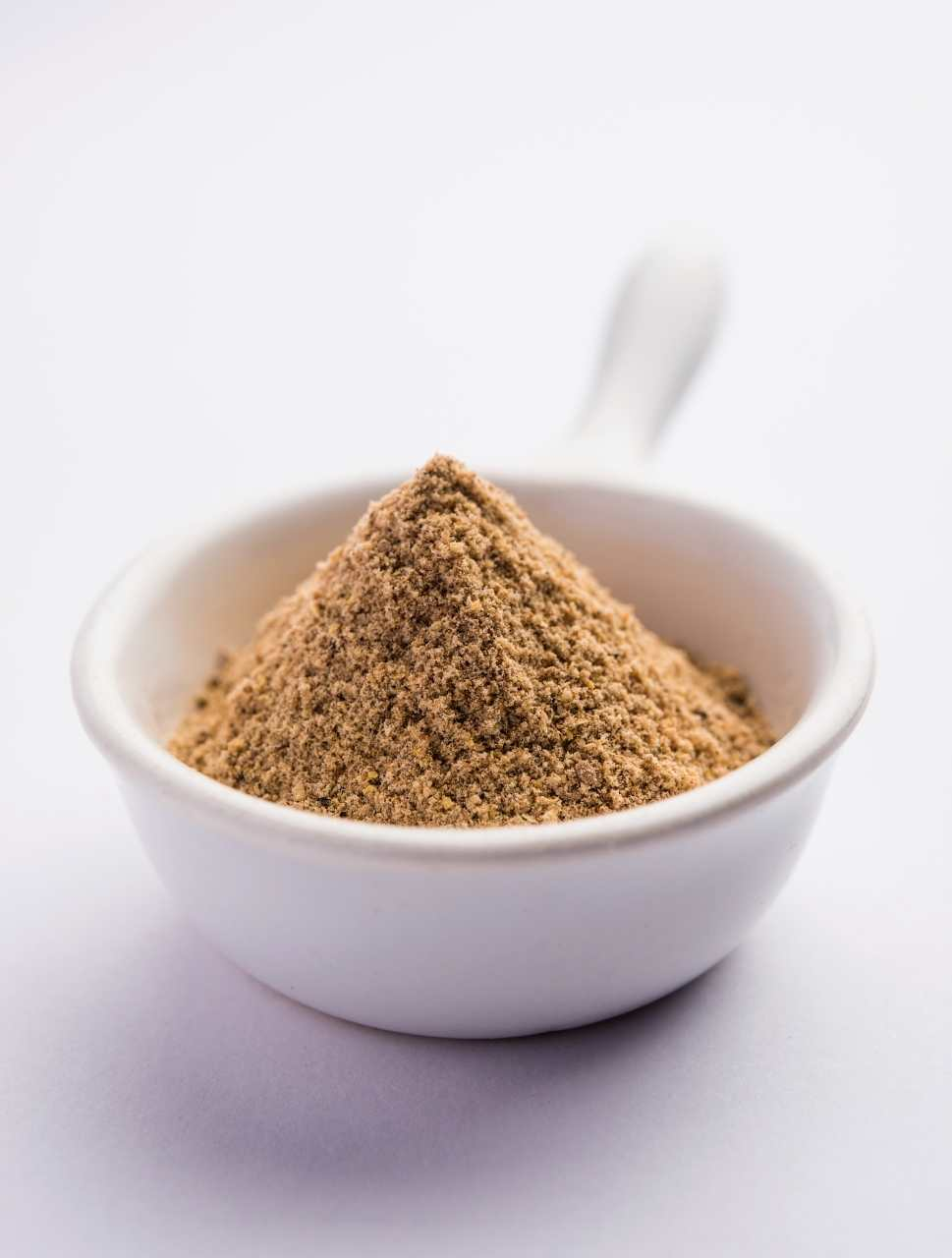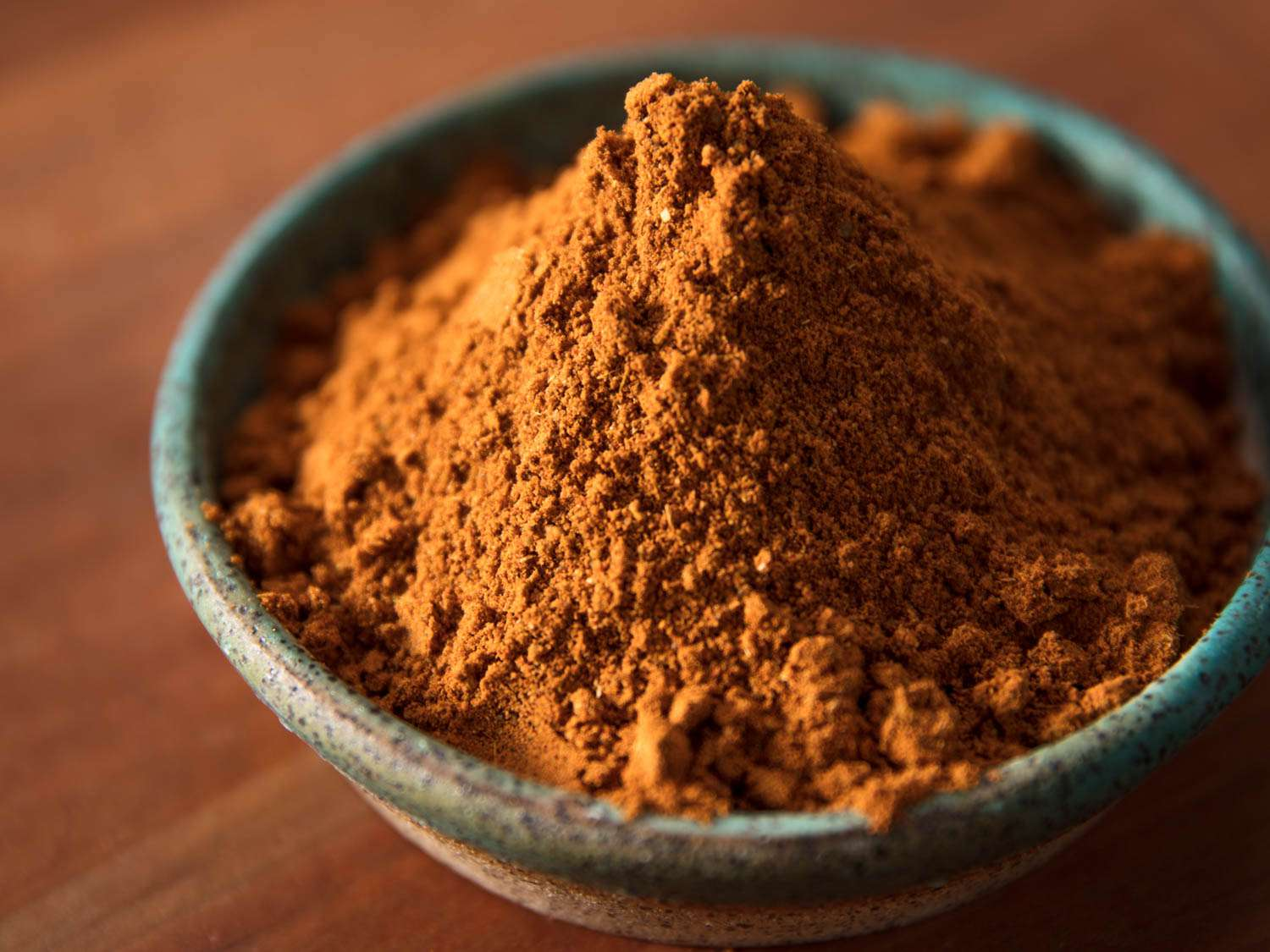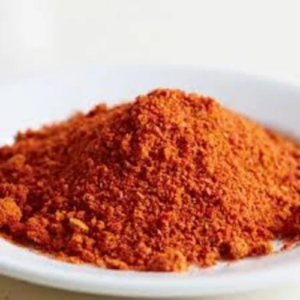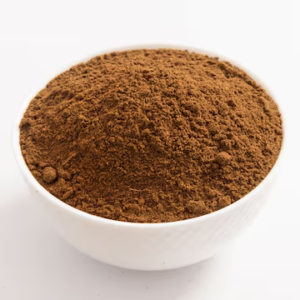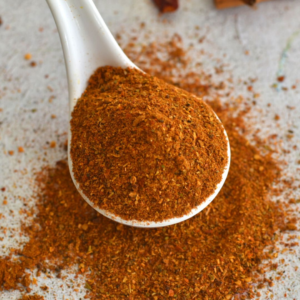Description
Key Ingredients in Chaat Masala:
Chaat masala is a carefully balanced blend of spices, with each contributing to its distinctive tangy, spicy, and aromatic flavor profile. Common ingredients include:
- Cumin Seeds: Cumin is earthy and slightly nutty, providing a warm, aromatic base for the masala. Roasting the seeds enhances their flavor.
- Coriander Seeds: Coriander has a mild, citrusy flavor that adds freshness and a subtle sweetness to the blend.
- Dry Mango Powder (Amchur): Amchur is one of the most important ingredients in chaat masala. It provides a tangy, sour note that is central to the flavor of chaat.
- Black Salt (Kala Namak): Black salt is a unique type of salt with a distinctive mineral flavor and a hint of tanginess. It’s essential to creating the signature “chatpati” taste of chaat.
- Mint: Dried mint leaves add a refreshing, cool, and slightly herbal flavor that balances the heat of other spices.
- Asafoetida (Hing): Asafoetida has a pungent, savory flavor that adds an umami richness to the blend, making it more aromatic.
- Cayenne Pepper or Red Chili Powder: Adds a mild heat and pungency to the masala, giving it just the right amount of spice.
- Black Pepper: Black pepper offers a mild sharpness and enhances the other spices in the mix.
- Fennel Seeds: Fennel has a sweet, slightly licorice-like flavor that balances the tanginess of amchur and the heat of the chilies.
- Ginger Powder: Ginger adds warmth and a slight pungency to the blend, complementing the other spices.
- Carom Seeds (Ajwain): Ajwain provides a slightly bitter and aromatic flavor that deepens the complexity of the masala.
Flavor Profile:
Chaat masala is a bold, tangy, and spicy seasoning that has the perfect balance of flavors:
- Tangy and Sour: The key tangy notes come from amchur (dry mango powder) and black salt, providing a refreshing sourness that makes chaat dishes more addictive.
- Spicy and Warm: The blend has a mild heat from red chili powder, cayenne pepper, and black pepper. This warmth is counterbalanced by the coolness of mint and the sweetness of fennel.
- Savory and Pungent: Asafoetida (hing) and cumin lend a deep, savory richness to the masala, making it complex and aromatic.
- Herbal and Refreshing: Dried mint adds a crisp, herbal freshness to the masala, which is refreshing in contrast to the more intense spices.
- Sweet: A hint of sweetness from coriander and fennel rounds out the masala, balancing the sharpness of the other spices.
Common Uses:
Chaat masala is most commonly used in chaat dishes, but it’s also incredibly versatile in a range of other culinary applications:
- Chaat Dishes: The primary use of chaat masala is in Indian street food such as pani puri, bhel puri, sev puri, dahi puri, ragda pattice, and samosas. Chaat masala is sprinkled over these snacks to give them a burst of flavor.
- Fruit Salad: Chaat masala can be sprinkled on fresh fruits like watermelon, pineapple, papaya, or apple to enhance their taste with a tangy, savory twist.
- Salads: You can add chaat masala to vegetable salads or even yogurt-based salads (like raita) for added flavor.
- Snacks: It can be used to season snacks such as popcorn, roasted nuts, or chips for a savory, tangy kick.
- Fried Snacks: Sprinkle it over fried snacks like pakoras (fried fritters) or kachoris to elevate their flavor profile.
- Grilled Vegetables or Meats: Chaat masala can be used as a seasoning for grilled or roasted vegetables or meats, adding complexity and tang to the dish.
- Chutneys and Sauces: Chaat masala can be mixed with other chutneys (like tamarind chutney or mint chutney) to make them more flavorful and tangy.
Health Benefits (Claimed):
The individual spices in chaat masala offer some potential health benefits:
- Digestive Health: Ingredients like cumin, asafoetida, ginger, and fennel are traditionally believed to improve digestion, ease bloating, and reduce gas.
- Anti-inflammatory: Turmeric (if included in the mix), cumin, and ginger are known for their anti-inflammatory properties.
- Boosts Metabolism: Cayenne pepper and black pepper are believed to help stimulate metabolism, making the masala a popular addition to weight management diets.
- Rich in Antioxidants: Many of the ingredients, including cumin, coriander, and mint, contain antioxidants that help combat oxidative stress and improve overall health.
- Calms Nausea: Ginger and asafoetida are often used as natural remedies to calm nausea and improve digestion.
- Immune Boosting: Black salt and cumin are thought to help support the immune system by improving digestion and maintaining electrolyte balance.
Regional Variations:
Chaat masala can vary slightly based on the region or family recipe, but the core flavor profile remains the same. Some variations might include:
- Maharashtrian Chaat Masala: This variation may have a slightly stronger emphasis on cumin and fennel seeds, making it more aromatic.
- North Indian Chaat Masala: In Northern India, the masala might be spicier, with a heavier use of cayenne pepper or red chili powder to suit the spicier food preferences of the region.
- Panjabi Chaat Masala: This version might include additional spices like cinnamon or cardamom, giving it a more complex, warm flavor.
- Tandoori Masala Variation: In some recipes, tandoori masala might be added to chaat masala for a smokier flavor, especially when used in grilled or roasted foods.
How to Make Chaat Masala:
Making chaat masala at home allows you to adjust the flavors to your preference. Here’s a simple method to prepare it:
- Toast the Whole Spices: Dry toast cumin seeds, coriander seeds, and fennel seeds in a hot pan until aromatic. Be sure to avoid burning the seeds.
- Grind the Spices: Allow the toasted spices to cool, then grind them into a fine powder using a spice grinder or mortar and pestle.
- Mix with Other Ingredients: Add black salt, amchur, mint powder, ginger powder, asafoetida, and red chili powder to the ground spice mix and stir well to combine.
- Store: Store the freshly made chaat masala in an airtight container in a cool, dry place for future use.
Conclusion:
Chaat Masala is a quintessential seasoning that defines the bold, tangy, and spicy flavors of Indian street food. With its unique combination of spices like amchur (dry mango powder), black salt, and cumin, it enhances not only chaat dishes but also a variety of other foods, including salads, fruits, snacks, and grilled items. Whether used in traditional Indian snacks or creatively in other dishes, chaat masala adds a refreshing, zesty kick that elevates the taste and makes every bite more exciting.


